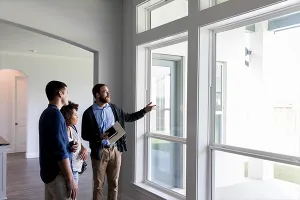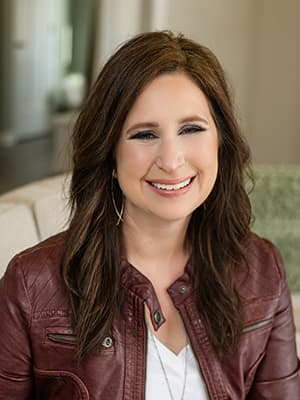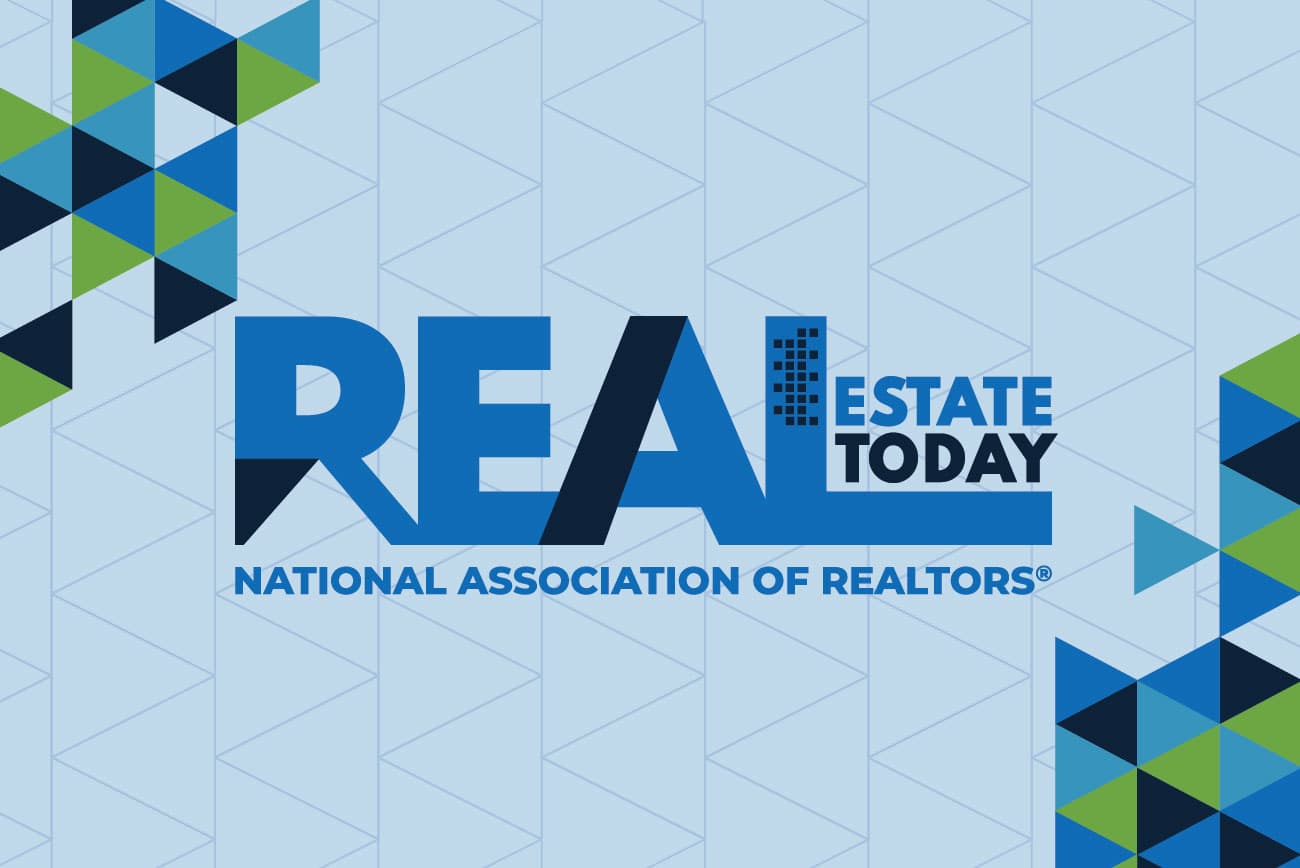
For years, the real estate industry has heard the “Silver Tsunami” was coming—the long-predicted wave of baby boomers expected to sell, downsize or age in place. But that wave is here. More than 70 million Americans are now aged 65 or older. Baby boomers, between the ages of 60 and 78, have regained their spot as the largest share of both home buyers and sellers, according to the National Association of REALTORS®’ 2025 Home Buyers and Sellers Generational Trends Report. Their buying power and decades of home equity are reshaping the market.
“Baby boomers are really holding the cards in the real estate market,” says Jessica Lautz, NAR’s deputy chief economist and vice president of research. “They have earned a tremendous amount of housing equity … and right now they’re making moves either in retirement or looking forward to retirement.”
Many are leveraging proceeds from longtime homes to fund their next chapter. Among recent boomer buyers, half of younger boomers (ages 60–69) and 62% of older boomers (70–78) bought their new homes with sale proceeds. After living in their homes for 13 to 16 years and earning 50% or more in home appreciation, they have the financial flexibility to move to a home that better fits their stage of life.
But not everyone is ready for a change. Here are three major housing trends emerging from the Silver Tsunami—and how agents can prepare.
Downsizing—or Rightsizing
Baby boomers remain active buyers and sellers, motivated by retirement, proximity to family or the appeal of smaller, low-maintenance living. Yet, some may delay downsizing until health, mobility or emotional barriers make it unavoidable—turning what could be a planned transition into a stressful rush.
Dane Ramsden, CEO of the In Network Real Estate in Detroit, prefers the term “rightsizing” and calls it “one of the most emotional transactions in real estate. It’s rarely just about square footage—it’s about memory and identity.”
Identifying a family need for assistance with these moves, Ramsden started a Caring Transitions franchise to guide older adults and their families through decluttering, estate sales and relocation to ease these stressful moves. His top advice for agents assisting clients:
- Start early and declutter intentionally: Encourage clients to sort through belongings well before listing the home. “These homes have often been filled with memories and trinkets,” Ramsden says. Families should keep what’s meaningful, then categorize what remains to sell, donate or dispose. Ramsden’s company uses estate-sale platforms like CT Bids to streamline household clear-outs, while agents can connect clients to removal and donation services for hard-to-discard items, like pianos, treadmills and bulky furniture. (REALTOR Benefits® partner 1-800-GOT-JUNK? offers discounts to clients of NAR members.)
- Create comfort in the new home: Before selling, recreate familiar setups in the new place, like with furniture or even the location of the lamp and favorite book on the nightstand to help ease emotional transitions into a new home, Ramsden says.
- Bring in professional support: Senior relocation specialists can help coordinate the logistics of a move, working alongside real estate agents. “These jobs are always bigger than they seem,” Ramsden says. “Trained professionals can do it in a third of the time—and keep family relationships intact.”
Aging in Place
Only about 10% of homes nationwide are fully prepared for senior living, according to research from AARP. Yet, many baby boomers say they plan to remain in their homes as they age.
“There is a segment of baby boomers who are just wanting to stay put,” Lautz says. “Some of it may have to do with [avoiding] capital gains taxes [by selling]. Some of it may have to do with comfort—they love their home.”
Without thoughtful updates, homes can become difficult—or even unsafe. Stairs, poor lighting and slippery bathrooms pose risks, and too many homeowners may wait to make changes until after an accident or health setback.
Mary Harmon Young, broker-owner of Mary Harmon & Co. in Tuscaloosa, Ala., helps clients search for homes with aging in place in mind. Young holds the Seniors Real Estate Specialist (SRES®) designation, which helps agents understand the financial, emotional and logistical considerations facing older adults when buying, selling and renovating.
Young helps her clients consider universal design features like lever-style door handles that are easier on arthritic hands, step-free entries and wide doorways to accommodate walkers and wheelchairs, and first-floor bedrooms that can make homes more accessible. Smart-home technology, such as motion lighting or door alerts, also adds safety and peace of mind, she says.
The 2025 U.S. Houzz Bathroom Trends Study showed accessibility a growing priority among renovating homeowners. The remodeling survey found an increased desire for low-curb or curbless showers and additional lighting for safety and accessibility, whether for aging household members or those with disabilities or young children.
“Accessibility has become a defining priority in bathroom remodeling,” says Marine Sargsyan, staff economist at Houzz, “driven by demographic shifts and broader market trends. Homeowners are increasingly working with professionals to integrate features that make their bathrooms safer, more adaptable and more supportive for all household members now and into the future.”
Agents might consider adding to their professional networks National Association of Home Builders’ Certified Aging-in-Place Specialists (CAPS), who are trained in conducting accessibility assessments and retrofitting homes with universal design features, like grab bars, widening doorways and more.
Multigenerational Living
Multigenerational living continues to rise—17% of buyers purchased multigenerational homes in 2024, a record high, according to NAR’s decade-long data. Families are combining households for affordability, caregiving and connection.
“Single-story homes, clearly defined privacy zones and secondary kitchenettes make shared living much more functional,” Young notes. Builders are responding with layouts specifically designed for multigenerational families, such as with dual primary suites, en suite baths, private entrances, casitas or even accessory dwelling units, where zoning allows.
“We’re seeing more buyers who sell two homes and buy one property with an ADU so they can all live together,” says Ryan Hvizda, owner of Hvizda Realty Group at Keller Williams Metro in Concord, N.H. “There’s more than a financial benefit.” ADUs let families live independently on the same lot while still staying close.
That growing interest in flexible living setups is something agents nationwide are noticing, too. Todd Luong, SRS, a real estate pro with RE/MAX DFW Associates in Frisco, Texas, hopes more agents lean into the trend—highlighting features like second owner suites, mother-in-law suites or oversized bedrooms with en suite baths in their listings. “It’s hard to look for multigenerational homes … there’s no easy way to search for these homes and they’re challenging to find,” he says. “There’s no filter for multigenerational households on the MLS.”
Luong says many of his clients intentionally look for homes with extra bedrooms and baths on the first floor, especially for older relatives. Beyond finding the right home, he urges families to think through the full arrangements: “It is very important to consider how title will be held when buying a home with multiple family members. Things can get messy very quickly when it comes time to sell.”
Luong believes the multigenerational home trend will continue to grow. As family dynamics evolve and the “Silver Tsunami” expands, real estate pros who understand the needs of multigenerational buyers—and who are well-versed in aging-in-place and rightsizing trends—could better position themselves to serve this growing segment of buyers and sellers shaping today’s housing market.











